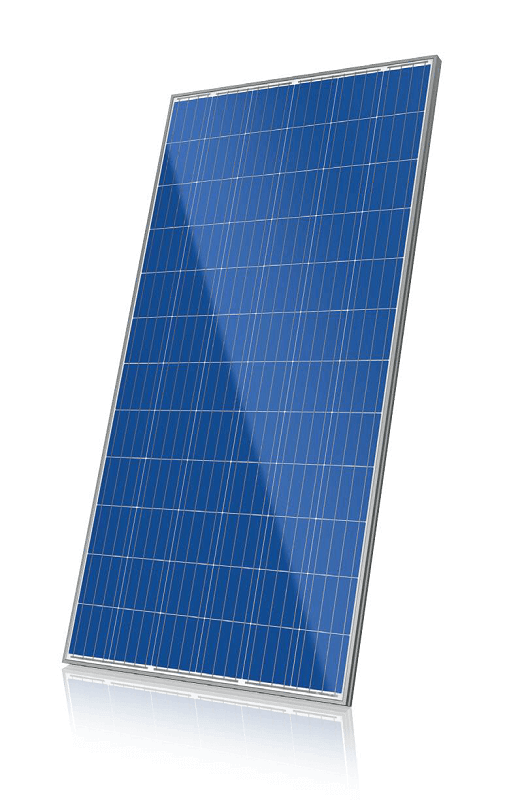
WANT TO KNOW MORE ABOUT
Solar Panels
Introduction
PolycrystallinePanels
Polycrystalline, also known as multi-crystalline solar panels are considered to be less efficient than monocrystalline panels, but more cost-friendly. Instead of using single silicon crystals, polycrystalline solar panels are made by melting and blending multiple raw fragments of silicon together in square moulds and cooling them down to form wafers. Since the cells are made of multiple crystals, the electrons have relatively less space to flow. The blending of several silicon layers gives polycrystalline solar panels a blue coloured hue.
• Polycrystalline solar panels can be utilized in both small-scale and largescale installations as they come in a vast range of power wattages.
• Since polycrystalline solar panels are cheaper and more eco-friendly to produce, they are also used in large solar farms, roof-mounted arrays, traffic-lights, houses, etc.
BENEFITS OF
PolycrystallinePanels
Polycrystalline solar panels cost less and have a more simple manufacturing process.
Polycrystalline solar panels tend to have a lower heat tolerance.
There is less wastage of silicon while manufacturing these panels
Introduction
MonocrystallinePanels
Monocrystalline, also known as single-crystalline panels are considered to be the most developed category of solar panels. Monocrystalline solar cells are made up of cylindrical silicon ingots, which are then finely sliced to form silicon wafers. The composition of these cells is purer since each cell is made from a single piece of silicon, thus the electrons have more space to flow. Monocrystalline solar panels generally have a black coloured hue.
Monocrystalline solar panels are popular amidst solar rooftop systems and are generally used for large-scale installations that could be industrial, commercial or residential
